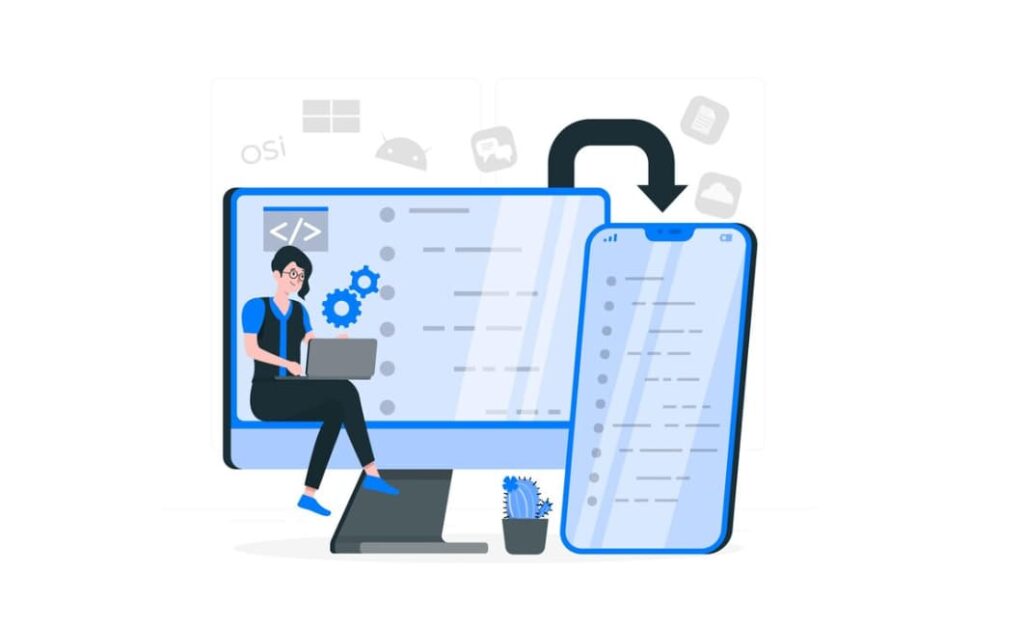Crafting a comprehensive audit of your IT infrastructure is an essential process for any business planning on outsourcing. It enables an accurate comparison of potential service solutions and providers while giving a realistic idea of total ownership costs.
A meticulously designed IT infrastructure checklist acts as an operative tool for regular business review. When integrated into your annual planning, it helps keep your organization agile and responsive to changes in IT technology, thereby reducing the risk of faulty assumptions regarding your ongoing capabilities.
For practical insights on building a strong foundation in your digital journey, check out our IT Infrastructure Checklist, and you may also like our article on developing an effective digital transformation strategy.
Key Components of an IT Infrastructure Checklist
Financial Analysis
The checklist should Identify all IT operating expenditures, including both obvious and hidden costs. Consider including expenses allocated to non-IT departments such as HR and facilities management, as well as indirect costs like data center expenses and depreciation.
Hardware and Software Inventory
Inventory your existing equipment, storage, and computing resources, along with any enterprise or third-party applications in use. Assess the age and functionality of your legacy systems.
Organizational Culture Impact
The IT infrastructure checklist should take into account internal dynamics or requirements that influence IT usage or potential sourcing decisions. Quality aspects such as availability and reliability have an intangible impact, influencing the mood among employees and creating a positive perception among electronically-interacting clients and customers.
Human Resource Evaluation
Detail the current staffing situation, including retirement prospects and existing skill gaps. Assess the hiring challenges the organization is currently facing.
Performance Assessment
Rate the current performance, detailing what is being done well and areas that need improvement. Consider immediate needs that you are unable to meet and future requirements that you might not be prepared for yet.
Governance Examination
The checklist should evaluate existing policies and procedures, assessing their ability to support adequate security levels and agile decision-making. Are you equipped to incorporate new technologies and procedures?
Risk Management Assessment
Evaluate the current exposure levels of physical facilities and data. This should also involve a comprehensive assessment of disaster recovery plans.
Strategic Goals Analysis
While not a part of the IT infrastructure audit per se, this section is crucial in aligning IT initiatives with organizational goals. Benchmarks are necessary for an impactful assessment.
Additional IT Infrastructure Elements to Consider

- Network Security Audit: Adding a network security audit to your checklist ensures you identify potential vulnerabilities and take necessary action to avoid security breaches;
- Compliance and Regulation Check: Understanding your obligations related to compliance and regulations can help you avoid costly fines and protect your brand reputation.
Conclusion
An in-depth and well-planned IT infrastructure checklist is not a luxury but a bare necessity for businesses in today’s era of rapid technological evolution. It offers a systematic approach for evaluating the current IT system, identifying areas of improvement, and aligning technology with corporate objectives. A checklist offers a life-cycle view of your IT infrastructure, encompassing everything from financial expenditures to human resources and risk management. Regularly updating this checklist ensures your business stays agile, reduces vulnerabilities, and maintains a competitive edge. Remember, strategic IT auditing is a journey, not just a one-time task, that can propel your business toward operational efficiency and growth.
